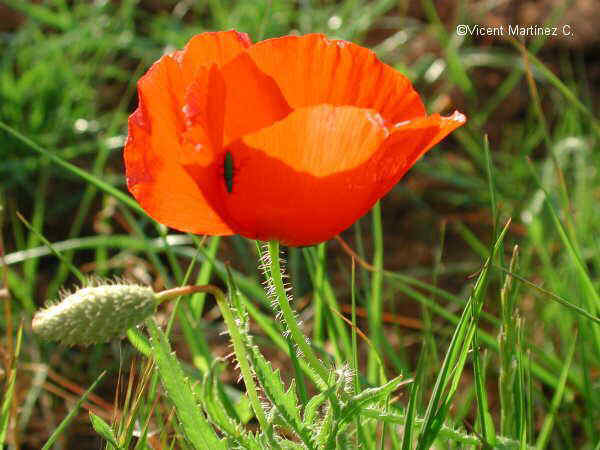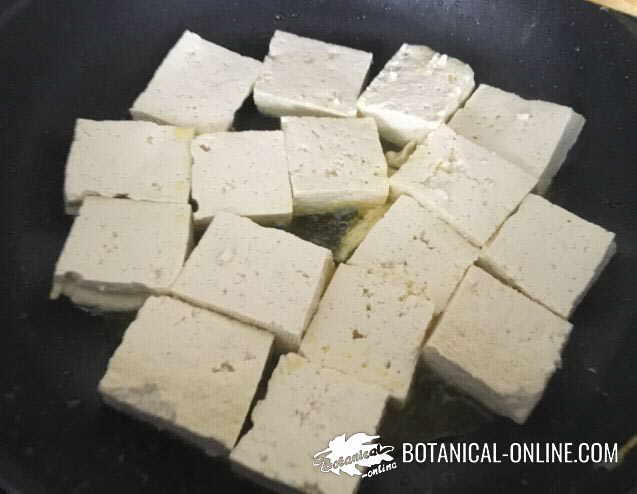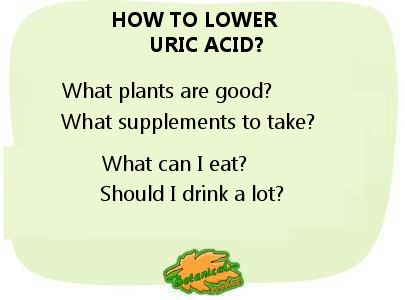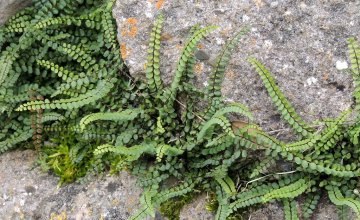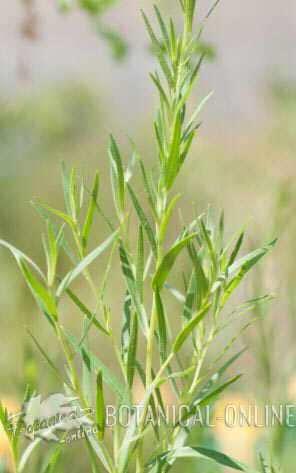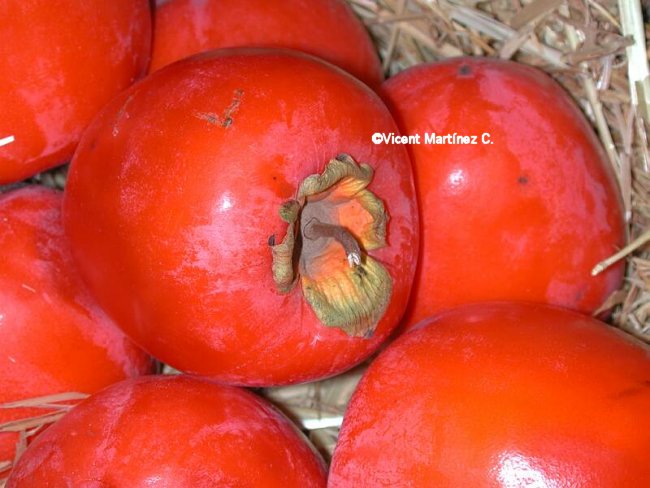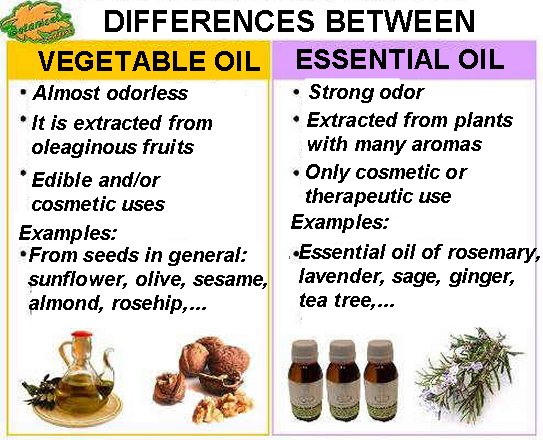Contents
Why are some plants toxic to the nervous system?
Some components of toxic plants contain ingredients that can affect the nervous system. These act mainly
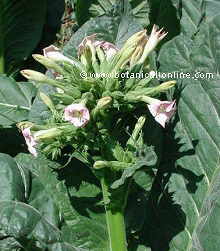
by paralyzing the transmission of nervous stimuli, which can affect the functioning of certain parts of the body that need these stimuli to act properly.
It is worth mentioning that, contrary to popular belief, the neurological system extends far beyond the brain, and includes all the nerve endings that connect the brain to the muscles, organs and our entire body. Taking this into account, we can understand how dangerous a poison would be if it damaged, for example, the heart muscle nerve, paralyzing the heart.
The results of ingesting these neurotoxic plants can be very varied: tremors, muscle weakness, excessive sweating, drowsiness, headache, mental confusion, tics, hallucinations, arrhythmias, ringing in the ears, respiratory distress, seizures, decrease in pulse rate and even death, usually from asphyxiation or cardiac arrest.
Thus, for example, the ingestion of tobacco plant infusions can lead to death due to paralysis of the respiratory muscles resulting from the alkaloid nicotine.
Mind-altering plants
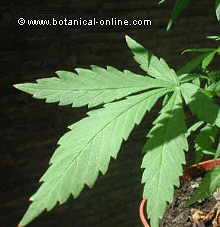
Until now we had only talked about plants that are toxic to the body, but we also have plants capable of altering the mind, and, at the same time, most of them are also capable of altering the body.
Within this section, we would include what are commonly known as drugs. Here we would mention most of the alkaloids and especially opiates, such as opium, Cannabaceae plants such as hemp plant, and others such as coca or peyote.
What is a drug?
A drug is known as that substance that acts on the central nervous system and produces a series of physical or psychological changes, or a different perception of reality.
What are drugs used for?
A poison does not have to kill to be considered as such. There are certain drugs that alter the state of consciousness. The man has been using them regularly in search of a real different world, to find new pleasant sensations.
These same substances for their addictive nature create some dependencies that compel to increasing amounts, which affects the health of the consumer. This is the main reason, among others, why they have been considered as poisons.
Within this group of drugs we have some as well known as opium, extracted from a type of poppy (Papaver Somniferum) or heroin, extracted by synthesis from morphine, a derivative of opium.
Sometimes drugs are used to create a bond between you and the magic world or divinity, a way to break with reality and establish a connection with another mystical reality.
In the Middle Ages, the ingestion of belladonna (Atropa bella-dona) provided the “trip” to a mysterious world of spirits or witches. In the XXI century mescaline from peyote (Lophophora williamsii) allowed devotees of Native American Church, to break with the real world and the rationality for raising the consciousness to a state of union with divinity.
From another point of view, they are also seen as a way to get the cure of diseases, such as a medicine that can reunite the man with the evil spirit that caused the disease.
The confluence of these two ideas – religion and magic medicine – has led to the rapid expansion of Native American Church cult, which has more than 400,000 members.
The immersion of the individual in this world of hallucinations, dreams and fantasies has not been always a voluntary act. Sometimes the hallucinogenic substance powers have been used to forcibly manipulate, to dominate or to extract the thoughts of other people.
Scopolamine, an alkaloid obtained from a plant of the Solanaceae family, henbane (Hyoscyamus niger) can change the behavior of someone without their consent, or take it to a world of fantasy and magical flight. So this drug was a part of medieval magical world, but has also been a part of crime and political torture.
Poisonous plants have not only concerned and interested in producing deadly, magical, narcotics, and mysterious components.
These same elements, used prudently and wisely, become drugs with medicinal properties. Both, traditional phytotherapy guide and controlled pharmacopoeia display many remedies that are based on the use of plants, because most of them, used in adequate doses have healing properties, but in larger amounts become potent poisons.
The recent renewed interest in the use and cultivation of medicinal plants forced to take special care in the use of plants. To determine to what extent some of them may be dangerous or fatal is the intention of the next section.
![]() More information on toxic plants
More information on toxic plants

